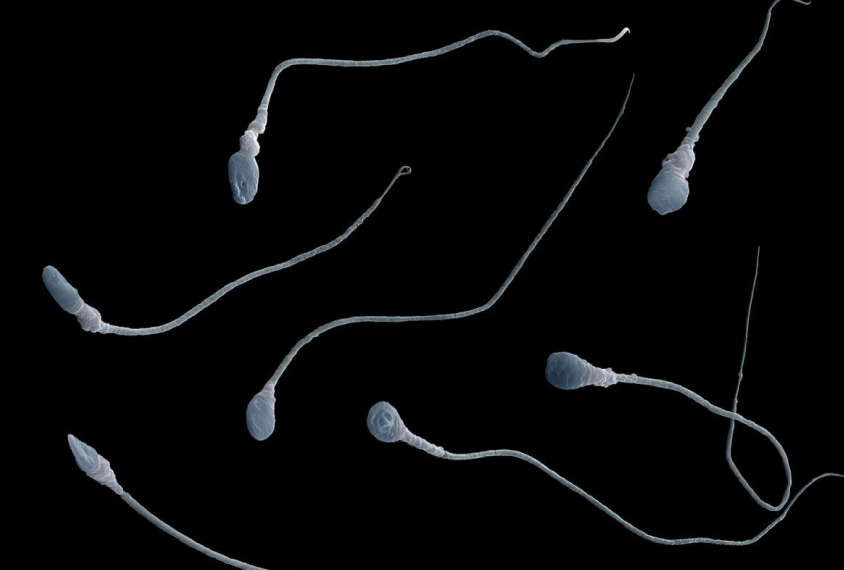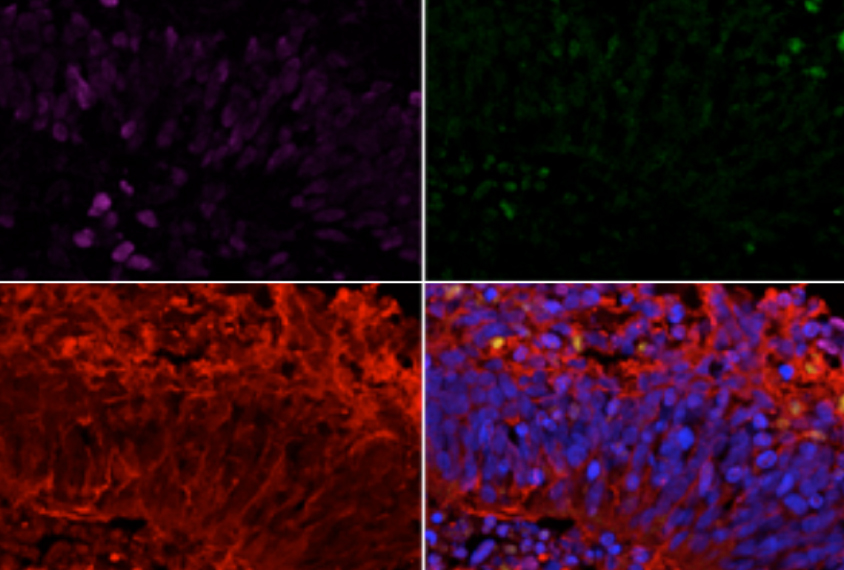ASHG 2018
Recent articles
Some autism mutations go undetected, new study suggests
Some mutations that contribute to autism and arise spontaneously may be mistaken for inherited mutations.

Some autism mutations go undetected, new study suggests
Some mutations that contribute to autism and arise spontaneously may be mistaken for inherited mutations.
Massive sequencing project identifies new genetic syndromes
The largest-ever set of sequences from people with developmental delay has revealed 43 new genetic diagnoses.

Massive sequencing project identifies new genetic syndromes
The largest-ever set of sequences from people with developmental delay has revealed 43 new genetic diagnoses.
Mini-brains may pin down key genes in large mutations
Clusters of brain cells — so-called 'mini-brains' grown in the lab — may help researchers understand how large stretches of duplicated or deleted DNA affect the brain.

Mini-brains may pin down key genes in large mutations
Clusters of brain cells — so-called 'mini-brains' grown in the lab — may help researchers understand how large stretches of duplicated or deleted DNA affect the brain.
Mutation types tied to autism converge on shared set of genes
Genes linked to autism in sequencing studies tend be located in long stretches of DNA that are duplicated or missing in some people with developmental conditions.

Mutation types tied to autism converge on shared set of genes
Genes linked to autism in sequencing studies tend be located in long stretches of DNA that are duplicated or missing in some people with developmental conditions.
Some ‘autism genes’ show stronger ties to related conditions
The largest autism sequencing study to date implicates 99 genes in the condition — but nearly half have a tighter link to intellectual disability or developmental delay.

Some ‘autism genes’ show stronger ties to related conditions
The largest autism sequencing study to date implicates 99 genes in the condition — but nearly half have a tighter link to intellectual disability or developmental delay.
Explore more from The Transmitter
Dispute erupts over universal cortical brain-wave claim
The debate highlights opposing views on how the cortex transmits information.

Dispute erupts over universal cortical brain-wave claim
The debate highlights opposing views on how the cortex transmits information.
Waves of calcium activity dictate eye structure in flies
Synchronized signals in non-neuronal retinal cells draw the tiny compartments of a fruit fly’s compound eye into alignment during pupal development.
Waves of calcium activity dictate eye structure in flies
Synchronized signals in non-neuronal retinal cells draw the tiny compartments of a fruit fly’s compound eye into alignment during pupal development.
Among brain changes studied in autism, spotlight shifts to subcortex
The striatum and thalamus are more likely than the cerebral cortex to express autism variants or bear transcriptional changes, two unpublished studies find.

Among brain changes studied in autism, spotlight shifts to subcortex
The striatum and thalamus are more likely than the cerebral cortex to express autism variants or bear transcriptional changes, two unpublished studies find.